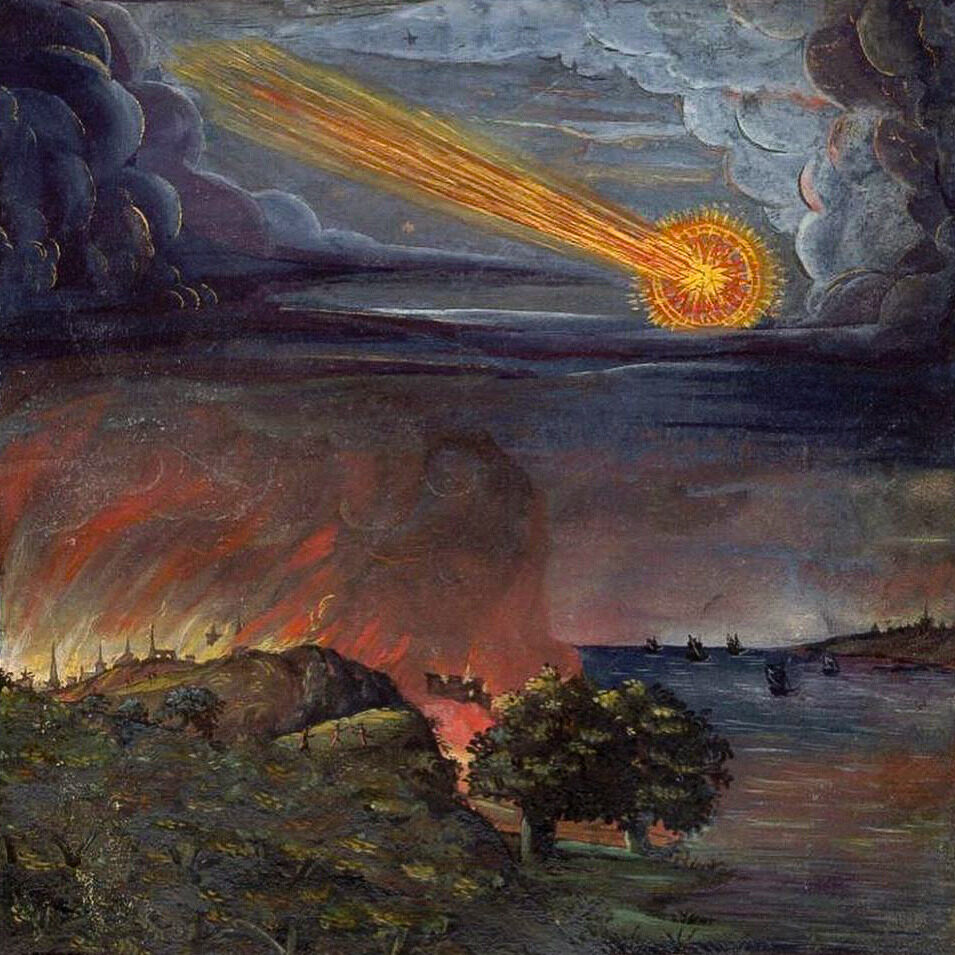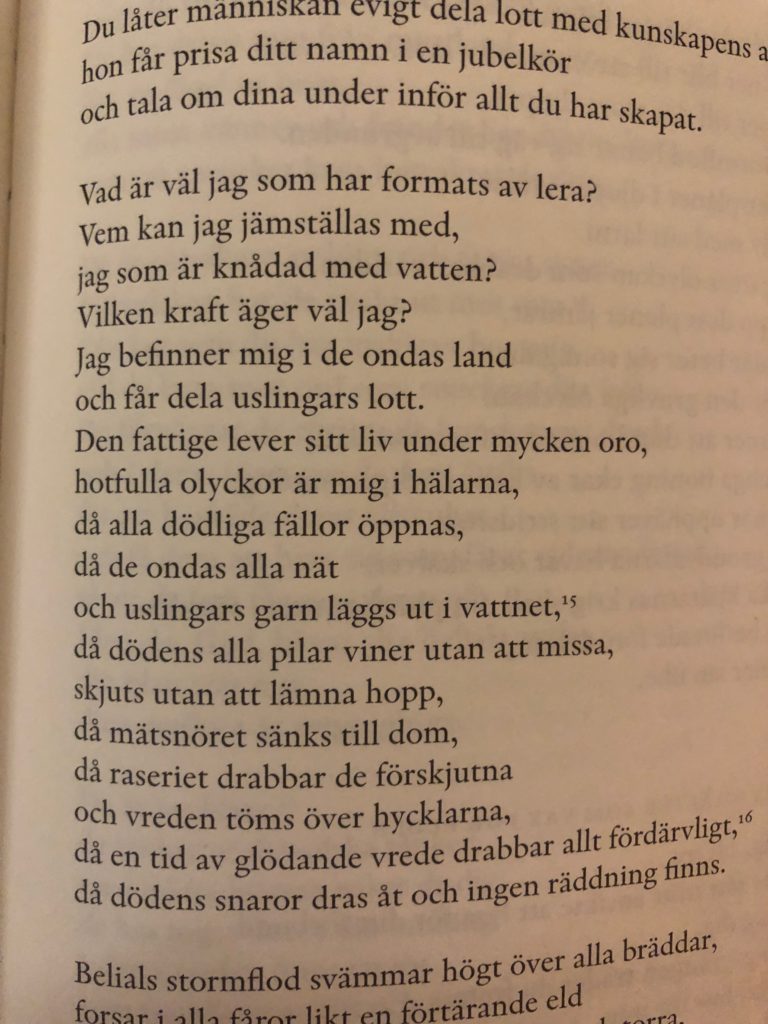Alla min öppna tabbar, 1 maj 2018:
- Aeon – “Out of the armchair” – om experimentell filosofi
- 3:AM Magazine – “How Donald Trump’s bullshit earned him a place in the history of assertion” – en intervju med svenske filosofen Peter Pagin. Minns att jag tog en kurs i, jag tror språkfilosofi, för denne Peter.
- Cozy/Flat – A Visual Inquiry into the Private Spaces We Share – ett konstexperiment som jag tror utgår ifrån faktumet att Airbnb är den största samlingen fotografier av heminredning som någonsin funnits.
- New York Times – “When You’re a ‘Digital Nomad,’ the World Is Your Office” – verkar delvis handla om Roam.
- The Scholarly Kitchen – “Research Deluge — Are Researchers Writing More yet Contributing Less?“
- En föreläsning av Tyler Cowen (YouTube).
- Rodney Brooks – “The Origins of ‘Artificial Intelligence’” – Lite AI-historia, från 1956 och framåt.
- Nautilus – “Machine Behavior Needs to Be an Academic Discipline“
- Eric Wittke – “Reflections on Dynamicland” – lite idéer efter ett besök hos Dynamicland.
- Nature – “Data-visualization tools drive interactivity and reproducibility in online publishing“
- BuzzFeed – “Silicon Valley Can’t Be Trusted With Our History” – om bevarande av digitala medier i tider av algoritmisk moderering och techföretagens godtycke.
- Musings about librarianship – “1findr, Dimensions and other free mega indexes – A review of the space and numbers comparison” – lite jobbrelaterat, om nya uppstickare på den akademiska “sökmotors”-marknaden.
- The Creative Independent – “How to make a book” – en massa råd.
- Jacobin – “Why the Left Should Embrace Brexit” – rubriken fick mig att haja till.
- Luke Oakden-Rayner – “The unreasonable usefulness of deep learning in medical image datasets” – om utmaningarna och möjligheterna med maskininlärning av radiologiska bilder för diagnosticering.
- Jay Owens – “The Age of Post-Authenticity and the Ironic Truths of Meme Culture” – den här vill jag verkligen läsa.
- Två från Frank Chimero – “A Modest Guide to Productivity” och “MVP Soundsystem” – den senare om ett krånglig men personligt sätt att hålla koll på ny musik i Spotify.
- The Atlantic – “The Scientific Paper Is Obsolete” – om mera interaktiva publiceringsformer.
- Många författare – “Opportunities and obstacles for deep learning in biology and medicine” – bakgrund till hur artikeln blev till.
- Samim A. Winiger – “Collection of videos from CHI ’18 (Conference on Human Factors in Computing Systems)“
- We Make Money Not Art – “Michel Campeau. Life Before Digital” – om en utställning.
- Infontology – “En moralisk agent” – om Kim Svensson, AI.
- James Fallows hos The Atlantic – “The Reinvention of America“


